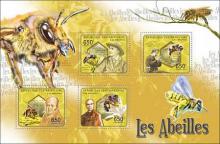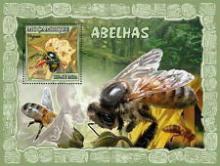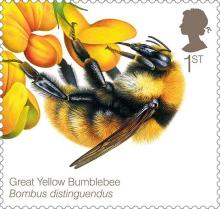
Dans le texte proposé, deux éminents toxicologues, doublés d'excellents mathématiciens, Henk A. TENNEKES hollandais, et Francisco SANCHEZ-BAYO australien, ont mis en commun leur compétence pour démontrer que les "Tests Standards", aujourd'hui en usage dans le domaine des travaux préalables à l'homologation des substances chimiques -en particulier des pesticides-, ne sont pas en mesure de définir des "niveaux sûrs d'exposition", tant pour les êtres humains que pour la biodiversité. Cette incapacité relève tant des points de vue "conceptuel que statistique". S'appuyant sur les travaux, anciens certes, de Haber d'une part, et de Druckrey (pharmacologue) et Küpfmüller (mathématicien) d'autre part, mais pourtant toujours d'une évidente actualité, ils démontrent d'un côté les failles des Tests Standards, de l'autre ils démontrent qu'un test, fondé sur une base conceptuelle et une pratique différentes, le test "Time-To-Event" ou TTE, "Temps-pour-un-Evènement", permet au contraire de prévoir les effets probables, au cours du temps, des substances sur les espèces non-cibles. Ainsi s'effondre le postulat (idéologique car jamais démontré) de l'innocuité des "faibles doses". Sous certaines conditions, résultant de l'interaction entre la substance et les récepteurs de l'organisme, plus le temps d'exposition s'allonge plus la dose totale reçue diminue pour produire un même effet. La substance est ainsi plus toxique à faible dose qu’à forte dose, le temps jouant ainsi un rôle majeur dans l’expression de la toxicité. Ce démenti scientifique formel, infligé au postulat "d'un seuil d'innocuité" des faibles doses, ouvrira-t-il les yeux des différentes Agences gouvernementales ? Si l’on souhaite assurer la sécurité des humains et l’avenir de la biodiversité il y a urgence !










